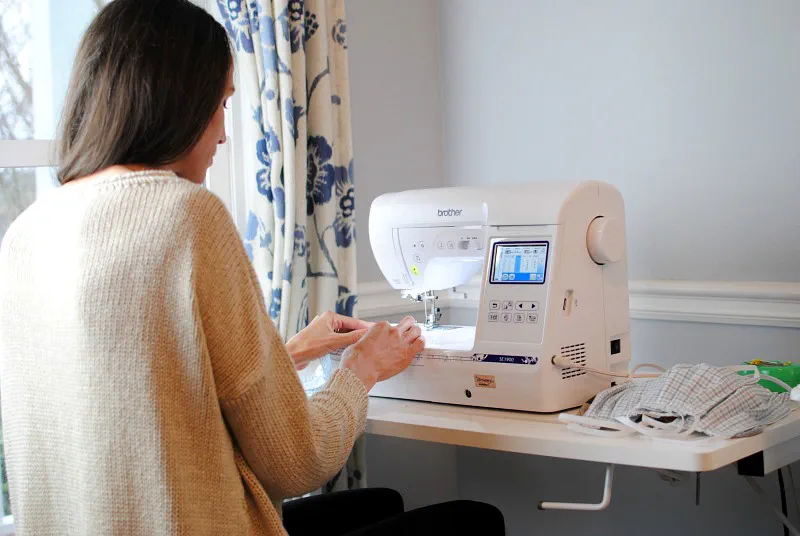At Your Side: Cloth Mask Tutorial
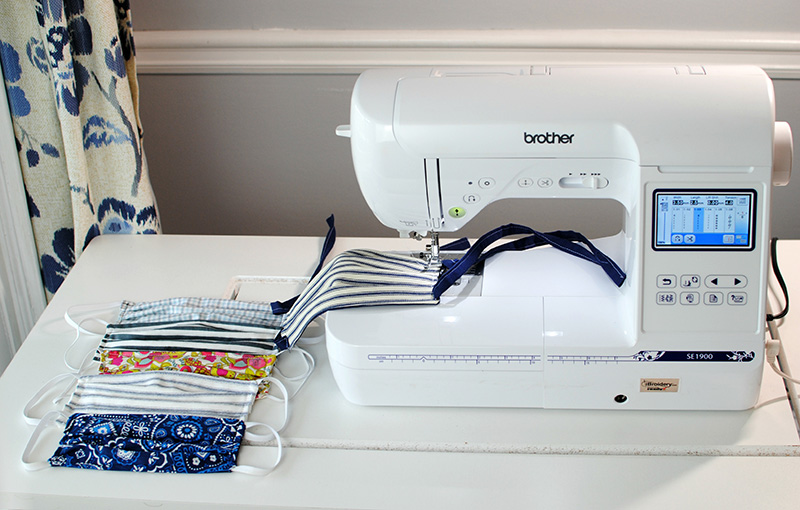 I'm hoping everyone is healthy and safe right now as we go through this time of uncertainty together. As you may know hospitals and medical clinics all around the world are running low on supplies. Some hospitals and healthcare facilities are reaching out to the public for help in sewing cloth face masks to help with the shortage. Now, the CDC is also recommending the general public wear cloth face masks when going out in public.
I'm hoping everyone is healthy and safe right now as we go through this time of uncertainty together. As you may know hospitals and medical clinics all around the world are running low on supplies. Some hospitals and healthcare facilities are reaching out to the public for help in sewing cloth face masks to help with the shortage. Now, the CDC is also recommending the general public wear cloth face masks when going out in public.I created a tutorial that works great for sewing in bulk to donate to your healthcare community and also for yourself, family, and friends. There is a lot of face masks patterns out there, I find this one to be the easiest to sew in bulk. I've been working with hospitals and healthcare in the Atlanta area, and the basic 2-piece cotton masks are what they prefer, but its important to reach out to the hospital you are donating to for guidelines. I'm also aware that elastic for these masks is in low supply (1/8" - 1/4" elastic), so I share alternatives below.
Disclaimer: It is important to note that cloth face masks have not been proven to provide effective protection against the spread of viruses. For more information visit the CDC for more information.
Thank you.
Thank you.
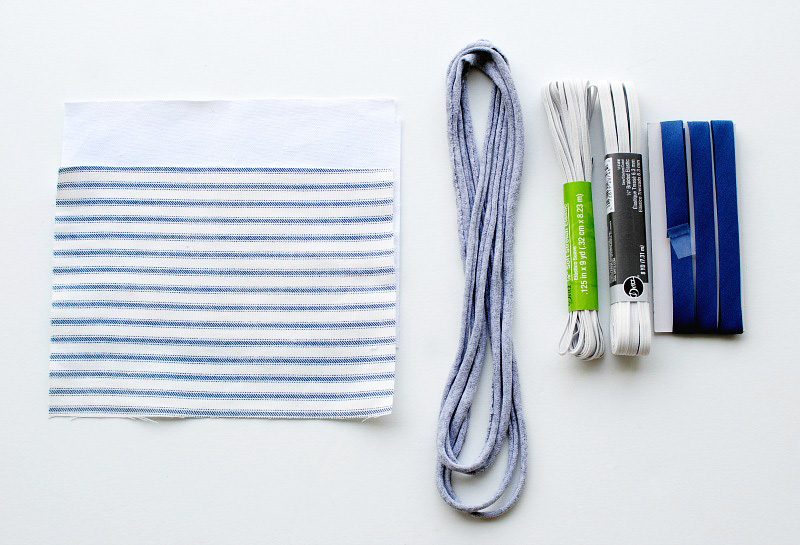
Supplies:
- Tightly woven cotton: other alternatives (Batik, cotton duck)
- ¼” – 1/8” elastic
- Alternative options: Knit jersey cut in strips, self-made fabric straps, or bias tape
- Sewing Machine: I’m using the Brother SE1900
- basic cutting and sewing notions
Cutting
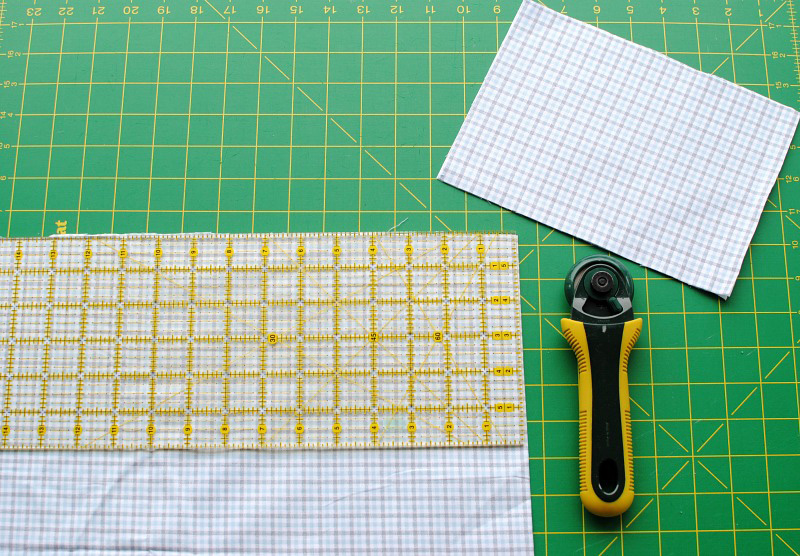 Standard:
Standard:
- Fabric: 2 by 6" x 9"
- Elastic: 2 x 7" strips
- Fabric Straps: 4 x 20"
Note: I have a smaller face so I found 5.5” x 8.5” to be more suitable and I also made the elastic 6 ¾”
Children: Ages 8-13
- Fabric: 5” x 7 ¾”
- Elastic: 6.5” strips
- Fabric: 5” x 7”
- Elastic: 6 ¼” strips
Step 1
 • Pin the elastic to the corners and baste stitch into place just to secure from moving.
• Pin the elastic to the corners and baste stitch into place just to secure from moving.
Step 2
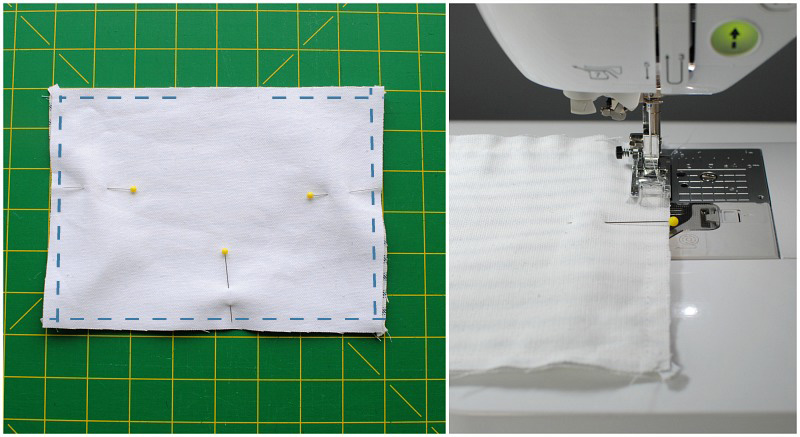 • Place liner over exterior so right sides are together and pin into place being mindful of the elastic or straps.
• When you sew, leave a 2" gap at the center bottom or top so you can flip right sides out. Stitch with a 1/4" seam allowance. Make sure the elastic is through the seam allowance (we don't want these to snap on someone). You can even back stitch at the corners a couple times to ensure they're secure.
• Place liner over exterior so right sides are together and pin into place being mindful of the elastic or straps.
• When you sew, leave a 2" gap at the center bottom or top so you can flip right sides out. Stitch with a 1/4" seam allowance. Make sure the elastic is through the seam allowance (we don't want these to snap on someone). You can even back stitch at the corners a couple times to ensure they're secure.
Step 3
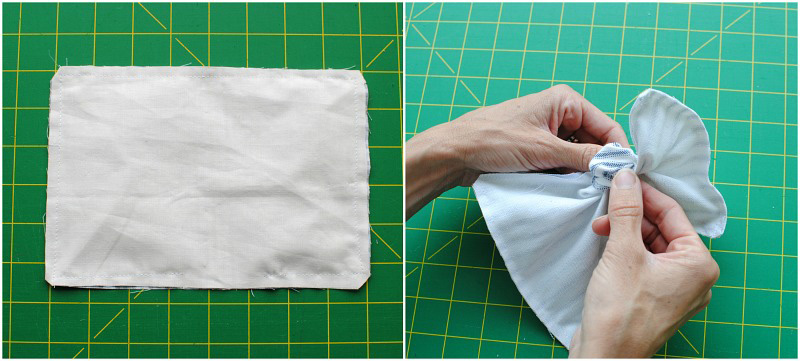 • Clip just a little bit of the corners being sure to NOT going into the stitches or elastic.
• Flip right sides out through the opening and press.
• Clip just a little bit of the corners being sure to NOT going into the stitches or elastic.
• Flip right sides out through the opening and press.
Step 4
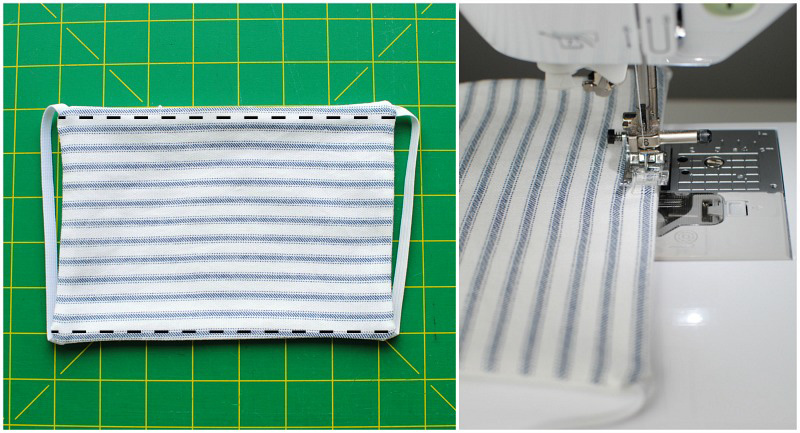 • Topstitch just along the top edges making sure to secure the opening.
• Topstitch just along the top edges making sure to secure the opening.
Step 5
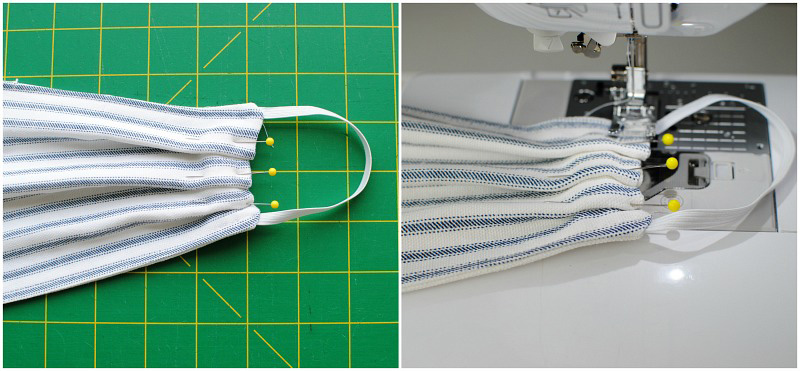 • Fold over 3 even pleats about 1/4" each starting 1/2" down and pin. You need 3 for each side so make sure they're even.
• Topstitch folds down using 1/4" seam allowance.
• Fold over 3 even pleats about 1/4" each starting 1/2" down and pin. You need 3 for each side so make sure they're even.
• Topstitch folds down using 1/4" seam allowance.
For the alternative Jersey string mask:
Jersey Step 1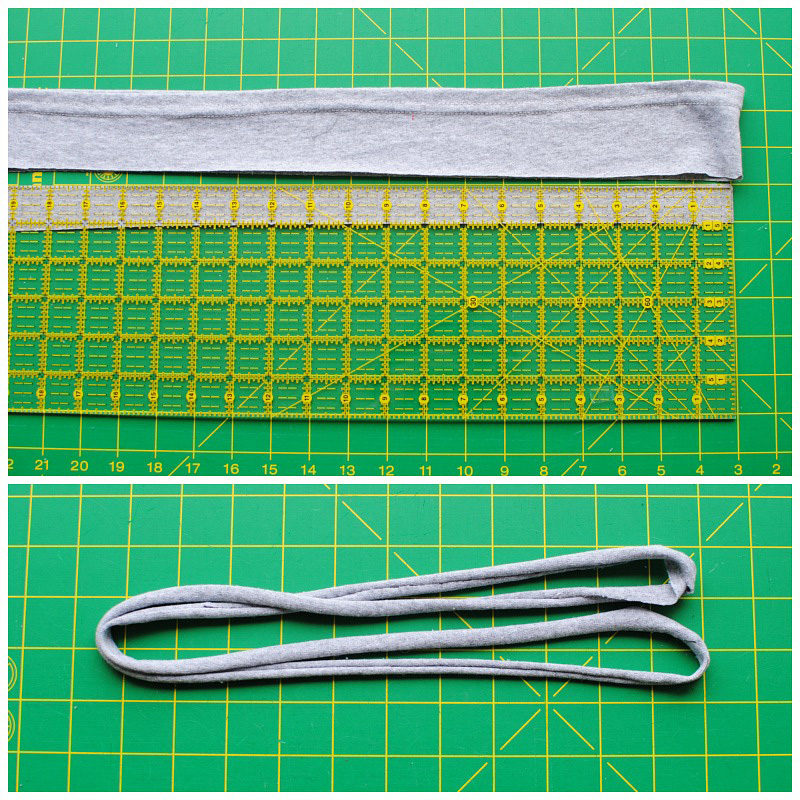 • Cut strips of "t-shirt string" as an alternative for the elastic straps.
• I used a basic jersey cotton t-shirt I had on hand. You can also use any knit fabric. I measured off 1" strips and cut. If the knit you are using is thin, you may want to go a bit wider (1 1/4" to 1 1/2" strips). If it's a thick knit, go for maybe 3/4". Basically, when you pull these strips they shrink and become stretchy string. You want them to be no smaller than 1/4" in width once pulled. So, you may have to do some testing.
Jersey Step 2
• Cut strips of "t-shirt string" as an alternative for the elastic straps.
• I used a basic jersey cotton t-shirt I had on hand. You can also use any knit fabric. I measured off 1" strips and cut. If the knit you are using is thin, you may want to go a bit wider (1 1/4" to 1 1/2" strips). If it's a thick knit, go for maybe 3/4". Basically, when you pull these strips they shrink and become stretchy string. You want them to be no smaller than 1/4" in width once pulled. So, you may have to do some testing.
Jersey Step 2
 • Cut 4 x 20" strips and repeat the sewing process above.
• Cut 4 x 20" strips and repeat the sewing process above.
Fabric Strap/Bias Tape Mask:
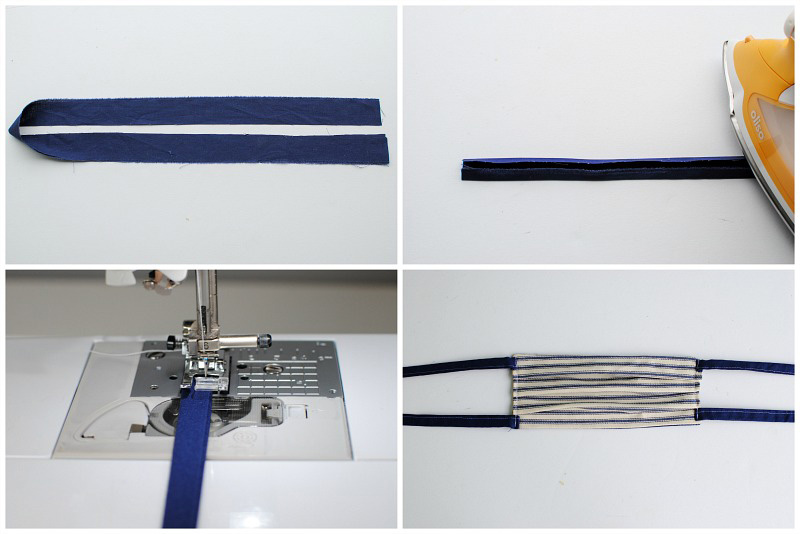 Another strap option is with made with fabric straps. You can use bias tape, use the bias tape maker, or fabric made straps.
• Cut 1.5” strips (you need 4 x 20" long)
• Press the sides into the center.
• Fold again to create a double-fold strap.
• Then topstitch the 2 ends together just along the edge.
Another strap option is with made with fabric straps. You can use bias tape, use the bias tape maker, or fabric made straps.
• Cut 1.5” strips (you need 4 x 20" long)
• Press the sides into the center.
• Fold again to create a double-fold strap.
• Then topstitch the 2 ends together just along the edge.
 • Create the mask piece without the straps sewn inside.
• Stitch 4 x 18” straps just along the corners right sides facing.
• Create 3 even folds in between the straps. Pin or use clips.
• Flip the straps flat encasing the raw edges.
• Topstitch straps and folds into place.
• Create the mask piece without the straps sewn inside.
• Stitch 4 x 18” straps just along the corners right sides facing.
• Create 3 even folds in between the straps. Pin or use clips.
• Flip the straps flat encasing the raw edges.
• Topstitch straps and folds into place.
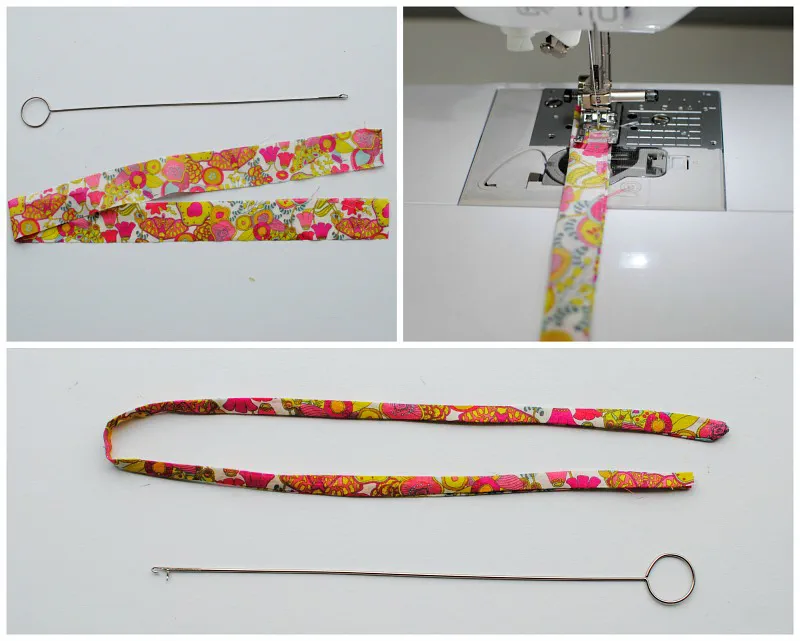 Use a loop turner: (this is easier than the folded strap above).
• Cut 1 1/4" wide x 20" long strips.
• Sew right sides together just along the edge.
• Flip right side out with the loop turner.
Use a loop turner: (this is easier than the folded strap above).
• Cut 1 1/4" wide x 20" long strips.
• Sew right sides together just along the edge.
• Flip right side out with the loop turner.
 A lot of different options here. I read that some healthcare personnel can experience “ear fatigue” from wearing the masks all day, so the ideal version is the knit straps if you plan to do straps.
A lot of different options here. I read that some healthcare personnel can experience “ear fatigue” from wearing the masks all day, so the ideal version is the knit straps if you plan to do straps.
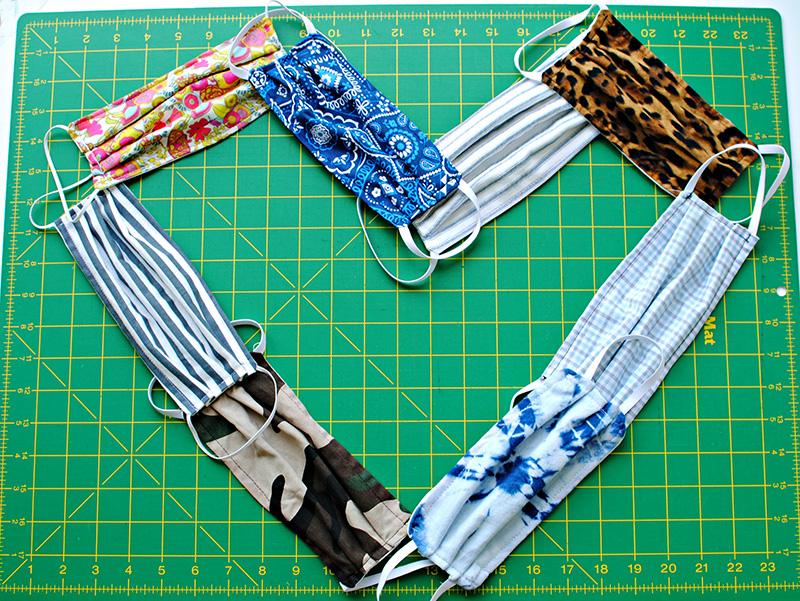 There is no right or wrong way to make these, do whats best for you. We are wishing you all health and safety during this time.
There is no right or wrong way to make these, do whats best for you. We are wishing you all health and safety during this time.
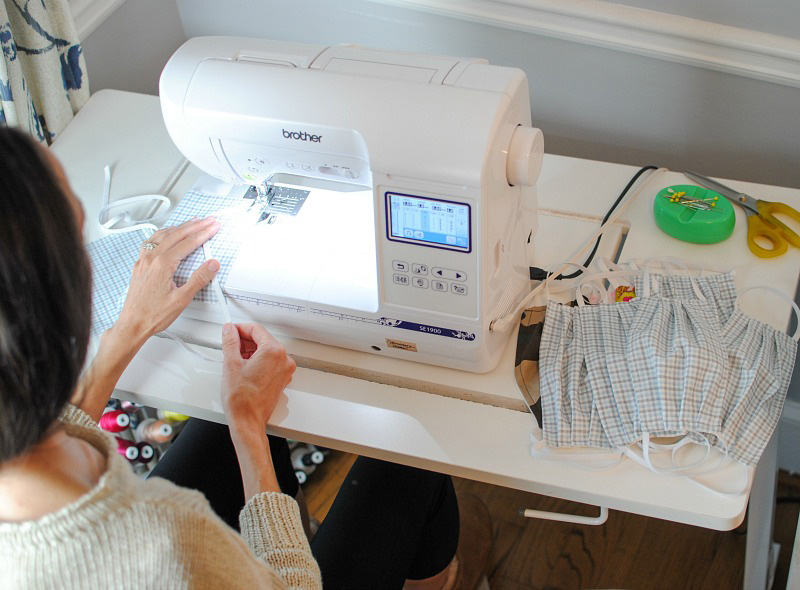
When sewing for the healthcare community.
A few things to consider. When I first started sewing masks to donate, I personally reached out to my healthcare community, grocery stores, and public service departments (police, etc.). My first pack of 20 I made for my kid’s pediatricians office. I then reached out to my community Facebook page and the outpouring of support to help plus requests for masks was overwhelming. I love that we can use our skill to help in this time of need. Be well.